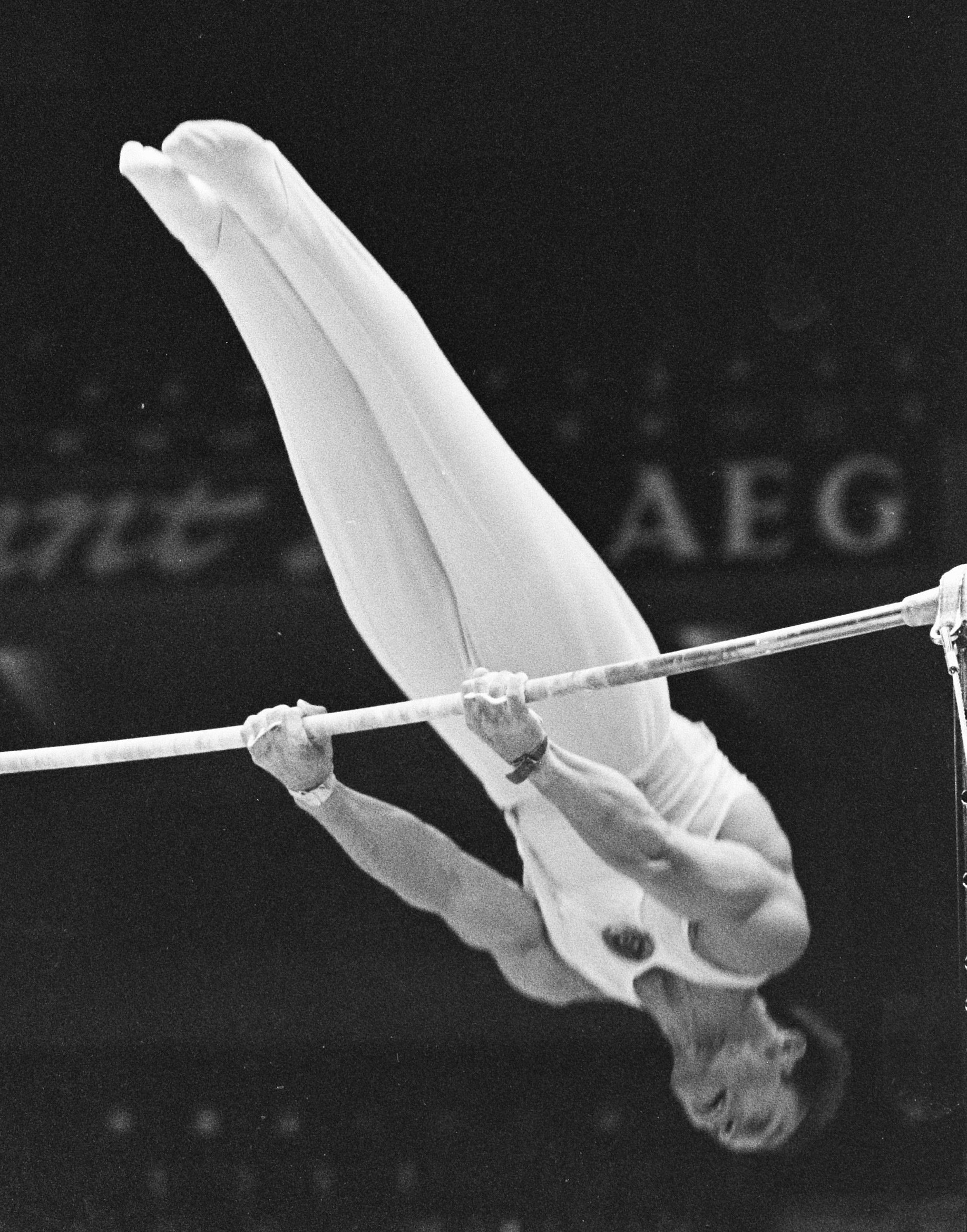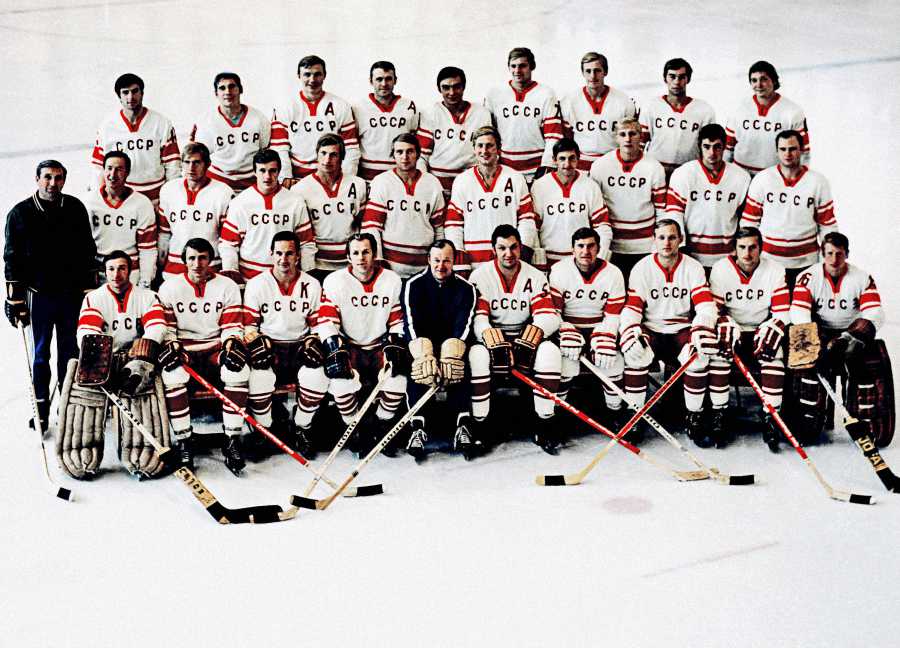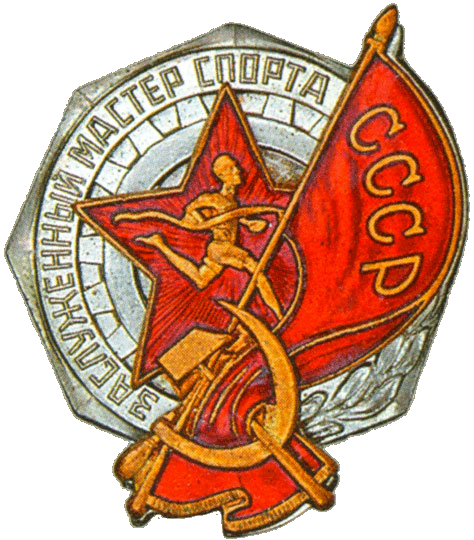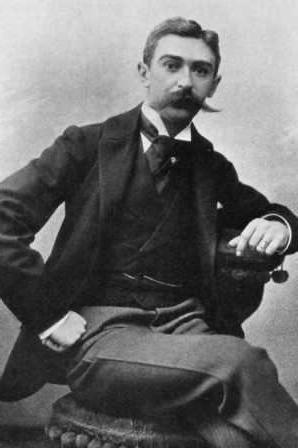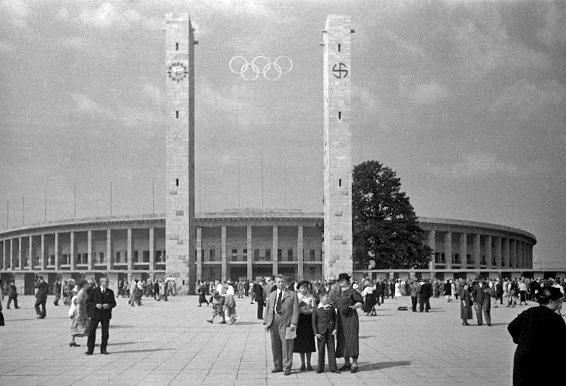Колесов, Анатолий Иванович. Анатолий иванович колесов
Колесов, Анатолий Иванович - WikiVisually
1. Союз Советских Социалистических Республик – The Soviet Union, officially the Union of Soviet Socialist Republics was a socialist state in Eurasia that existed from 1922 to 1991. It was nominally a union of national republics, but its government. The Soviet Union had its roots in the October Revolution of 1917 and this established the Russian Socialist Federative Soviet Republic and started the Russian Civil War between the revolutionary Reds and the counter-revolutionary Whites. In 1922, the communists were victorious, forming the Soviet Union with the unification of the Russian, Transcaucasian, Ukrainian, following Lenins death in 1924, a collective leadership and a brief power struggle, Joseph Stalin came to power in the mid-1920s. Stalin suppressed all opposition to his rule, committed the state ideology to Marxism–Leninism. As a result, the country underwent a period of rapid industrialization and collectivization which laid the foundation for its victory in World War II and postwar dominance of Eastern Europe. Shortly before World War II, Stalin signed the Molotov–Ribbentrop Pact agreeing to non-aggression with Nazi Germany, in June 1941, the Germans invaded the Soviet Union, opening the largest and bloodiest theater of war in history. Soviet war casualties accounted for the highest proportion of the conflict in the effort of acquiring the upper hand over Axis forces at battles such as Stalingrad. Soviet forces eventually captured Berlin in 1945, the territory overtaken by the Red Army became satellite states of the Eastern Bloc. The Cold War emerged by 1947 as the Soviet bloc confronted the Western states that united in the North Atlantic Treaty Organization in 1949. Following Stalins death in 1953, a period of political and economic liberalization, known as de-Stalinization and Khrushchevs Thaw, the country developed rapidly, as millions of peasants were moved into industrialized cities. The USSR took a lead in the Space Race with Sputnik 1, the first ever satellite, and Vostok 1. In the 1970s, there was a brief détente of relations with the United States, the war drained economic resources and was matched by an escalation of American military aid to Mujahideen fighters. In the mid-1980s, the last Soviet leader, Mikhail Gorbachev, sought to reform and liberalize the economy through his policies of glasnost. The goal was to preserve the Communist Party while reversing the economic stagnation, the Cold War ended during his tenure, and in 1989 Soviet satellite countries in Eastern Europe overthrew their respective communist regimes. This led to the rise of strong nationalist and separatist movements inside the USSR as well, in August 1991, a coup détat was attempted by Communist Party hardliners. It failed, with Russian President Boris Yeltsin playing a role in facing down the coup. On 25 December 1991, Gorbachev resigned and the twelve constituent republics emerged from the dissolution of the Soviet Union as independent post-Soviet states
2. Россия – Russia, also officially the Russian Federation, is a country in Eurasia. The European western part of the country is more populated and urbanised than the eastern. Russias capital Moscow is one of the largest cities in the world, other urban centers include Saint Petersburg, Novosibirsk, Yekaterinburg, Nizhny Novgorod. Extending across the entirety of Northern Asia and much of Eastern Europe, Russia spans eleven time zones and incorporates a range of environments. It shares maritime borders with Japan by the Sea of Okhotsk, the East Slavs emerged as a recognizable group in Europe between the 3rd and 8th centuries AD. Founded and ruled by a Varangian warrior elite and their descendants, in 988 it adopted Orthodox Christianity from the Byzantine Empire, beginning the synthesis of Byzantine and Slavic cultures that defined Russian culture for the next millennium. Rus ultimately disintegrated into a number of states, most of the Rus lands were overrun by the Mongol invasion. The Soviet Union played a role in the Allied victory in World War II. The Soviet era saw some of the most significant technological achievements of the 20th century, including the worlds first human-made satellite and the launching of the first humans in space. By the end of 1990, the Soviet Union had the second largest economy, largest standing military in the world. It is governed as a federal semi-presidential republic, the Russian economy ranks as the twelfth largest by nominal GDP and sixth largest by purchasing power parity in 2015. Russias extensive mineral and energy resources are the largest such reserves in the world, making it one of the producers of oil. The country is one of the five recognized nuclear weapons states and possesses the largest stockpile of weapons of mass destruction, Russia is a great power as well as a regional power and has been characterised as a potential superpower. The name Russia is derived from Rus, a state populated mostly by the East Slavs. However, this name became more prominent in the later history, and the country typically was called by its inhabitants Русская Земля. In order to distinguish this state from other states derived from it, it is denoted as Kievan Rus by modern historiography, an old Latin version of the name Rus was Ruthenia, mostly applied to the western and southern regions of Rus that were adjacent to Catholic Europe. The current name of the country, Россия, comes from the Byzantine Greek designation of the Kievan Rus, the standard way to refer to citizens of Russia is Russians in English and rossiyane in Russian. There are two Russian words which are translated into English as Russians
3. Греко-римская борьба – Greco-Roman or Graeco-Roman wrestling is a style of wrestling that is practiced worldwide. It was contested at the first modern Olympic Games in 1896 and has included in every edition of the summer Olympics held since 1908. Two wrestlers are scored for their performance in two periods, which can be terminated early by a pin. This style of wrestling forbids holds below the waist, this is the difference from freestyle wrestling. This restriction results in an emphasis on throws because a wrestler cannot use trips to take an opponent to the ground, arm drags, bear hugs, and headlocks, which can be found in Freestyle, have even greater prominence in Greco-Roman. Even on the mat, a Greco-Roman wrestler must still find ways to turn his opponents shoulders to the mat for a fall without legs, including techniques known as the bodylock. According to United World Wrestling, Greco-Roman wrestling is one of the six forms of amateur competitive wrestling practised internationally today. The other five forms are Freestyle wrestling, Grappling/Submission wrestling, Beach wrestling, Pankration athlima, Alysh/Belt wrestling, in February 2013, the International Olympic Committee voted to exclude freestyle and Greco-Roman wrestling from the 2020 Summer Olympic Games, but shortlisted it to be considered for reinclusion. In September 2013, at the 125th Session of the International Olympic Committee and it is speculated that many styles of European folk wrestling may have spurred the origins of Greco-Roman wrestling. According to United World Wrestling, a Napoleonic soldier named Jean Exbrayat first developed the style, Exbrayat performed in fairs and called his style of wrestling flat hand wrestling to distinguish it from other forms of hand-to-hand combat that allowed striking. In 1848, Exbrayat established the rule that no holds below the waist were to be allowed, flat hand wrestling or French wrestling developed all throughout Europe and became a popular sport. The Italian wrestler Basilio Bartoletti first coined the term Greco-Roman for the sport to underline the interest in ancient values, many others in the 18th and 20th centuries sought to add value to their contemporary athletic practices by finding some connections with ancient counterparts. The 18th century work Gymnastics for Youth by Johann Friedrich Guts Muths described a form of schoolboy wrestling called orthopale that did not mention any lower-body holds, real ancient wrestling was quite different, see Greek wrestling. But on the continent, the style was highly promoted, almost all the continental European capital cities hosted international Greco-Roman tournaments in the 19th century, with much prize money given to the place winners. For example, the Czar of Russia paid 500 francs for wrestlers to train and compete in his tournament, with 5,000 francs awarded as a prize to the tournament winner. It has always featured in the Olympic Games, except during the Paris Olympic Games in 1900 and the St. Louis Olympic Games of 1904. Perhaps the most well-known of Greco-Roman wrestlers in the 19th century was Georg Hackenschmidt born in Dorpat, Russian Empire, Hackenschmidt in 1898 at the age of 21 and with 15 months of training defeated the experienced Paul Pons in a match in Saint Petersburg, Russia. In 1900, he won tournaments in Moscow and St. Petersburg
4. Карагандинская область – Karaganda Region is a region of Kazakhstan. Population,1,341,700,1,410,218, the region was the site of intense coal mining during the days of the Soviet Union and also the site of several Gulag forced labor camps. Following World War II, Joseph Stalin, leader of the Soviet Union, had many ethnic Germans deported to the area, with an area of 428,000 km2, Karaganda Region is Kazakhstans largest region. Although it doesnt touch the borders of any country, it nearly every other region. The area is arid and flat, given to plains with occasional hills, karkaraly National Park, covering 90,300 hectares, is located in the region, as well as Kyzylarai mountain oasis, famous for its natural beauty and historical sights. The Ishim River, a tributary of the Irtysh River, begins in Karaganda Region, both river are replenished with water from the Irtysh, supplied by the 451 km long Irtysh–Karaganda Canal. Lake Balkhash is located on the Southeast side,46. 9% of the population is ethnic Russian and 32. 6% is ethnic Kazakh. The minorities are Ukrainian and German, the region is administratively divided into nine districts and the cities and towns of oblast significance of Karaganda, Balkhash, Jezkazgan, Karazhal, Saran, Shakhtinsk, and Temirtau. * The following nine localities in Karaganda Region have town status, Karaganda, Balkhash, Jezkazgan, Karazhal, Priozersk, Saran, Satbayev, Shakhtinsk, and Temirtau. For some decades during the USSR era, southern part of what is today Karaganda Region was a region, known as Jezkazgan Region. Ulsan, South Korea Regional administration website Karaganda Region Chamber of Commerce and Industry Karaganda Region Customs
wikivisually.com
КОЛЕСОВ Анатолий Иванович | Российские спортсмены и специалисты
КОЛЕСОВ Анатолий Иванович (18.01.1938 - 02.01.2012) - выпускник Казахского государственного института физической культуры (1958).
Заслуженный мастер спорта (1962, борьба греко-римская).
Родился в с. Литвинское, Осакаровский р-он, Карагандинская обл., Казахская ССР. Жил в Москве.
Рост 174 см. Вес 80 кг.
Олимпийский чемпион (1964 - до 78 кг).
Чемпион мира (1962, 1963, 1965 - до 78 кг).
Чемпион СССР (1959 - до 79 кг, 1964 - до 78 кг).
Тренеры - заслуженный тренер Казахстана и СССР П. Матущак, заслуженный тренер России и СССР А.Г. Мазур.
Выступал за «Буревестник» (Алма-Ата), ЦСКА (Москва, 1960-1966).
Завершил спортивную карьеру в 1966 году.
Заслуженный тренер СССР (1968).
С 1966 по 1969 год - главный тренер сборной команды СССР по борьбе.
С 1969 по 1992 год - заместитель председателя Комитета по физической культуре и спорту при Совете Министров СССР.
С 1991 по 1993 год - заместитель руководителя Спортивного совета СНГ (1991-1993).
Член Ассоциации национальных Олимпийских комитетов СНГ.
Возглавлял Федерацию борьбы СССР (1991).
Руководитель рабочих групп «Атланта-96», «Сидней-2000», «Афины-2004» Олимпийского комитета России.
Кандидат педагогических наук. Опубликовал более 100 научных работ.
Награжден орденами «За заслуги перед Отечеством» III (19 апреля 2001 года) и IV (6 января 1997 года) степени, Трудового Красного Знамени (1964, 1980), Дружбы народов (1976), «Знак Почета» (1976, 1988), Серебряным Олимпийским орденом МОК (1998), почетным знаком «За заслуги в развитии физической культуры и спорта» (1997), медалями.
Умер 2 января 2012 года в Москве. Похоронен на Троекуровском кладбище в Москве.
www.infosport.ru
Колесов Анатолий Иванович - это... Что такое Колесов Анатолий Иванович?
Колесов Анатолий Иванович Колесов Анатолий Иванович (р. 18.1.1938, с. Литвинское, ныне Осакаровского района Карагандинской области), советский спортсмен (классическая борьба), заслуженный мастер спорта (1963), преподаватель, тренер. Член КПСС с 1964. Олимпийский чемпион (1964, Токио), чемпион мира (1962‒1963, 1965) и СССР (1959, 1964). С 1969 заместитель председателя Комитета по физической культуре и спорту при Совете Министров СССР. Награжден 2 орденами, а также медалями.Большая советская энциклопедия. — М.: Советская энциклопедия. 1969—1978.
- Колесо
- Колесов Федор Иванович
Смотреть что такое "Колесов Анатолий Иванович" в других словарях:
Колесов, Анатолий Иванович — В Википедии есть статьи о других людях с такой фамилией, см. Колесов. Анатолий Иванович Колесов Личная информация Пол: мужской Гражданство … Википедия
Колесов, Анатолий Иванович — (1938 г. р.) выпускник Казахского государственного института физической культуры (1958). Опубликовал более 100 научных работ. Заслуженный мастер спорта (1962). Заслуженный тренер СССР, (1968). Главный тренер сборной команды СССР, по борьбе (1966… … Большая биографическая энциклопедия
Колесов — Содержание 1 Известные носители 1.1 Колесов 1.1.1 А … Википедия
Колесов — I Колесов Анатолий Иванович (р. 18.1.1938, с. Литвинское, ныне Осакаровского района Карагандинской области), советский спортсмен (классическая борьба), заслуженный мастер спорта (1963), преподаватель, тренер. Член КПСС с 1964. Олимпийский … Большая советская энциклопедия
Гущин, Олег Иванович — В Википедии есть статьи о других людях с такой фамилией, см. Гущин. Олег Гущин Имя при рождении: Олег Иванович Гущин Дата рождения: 17 августа 1957(1957 08 17) (55 лет) … Википедия
Кавалеры ордена "За заслуги перед Отечеством" III степени — Это список кавалеров ордена «За заслуги перед Отечеством» III степени (после даты стоит номер указа Президента Российской Федерации, которым произведено награждение) Содержание 1 Кавалеры ордена III степени, награжденные по опубликованным указам … Википедия
Кавалеры ордена «За заслуги перед Отечеством» III степени — Это список кавалеров ордена «За заслуги перед Отечеством» III степени (после даты стоит номер указа Президента Российской Федерации, которым произведено награждение) Содержание 1 Кавалеры ордена III степени, награжденные по опубликованным указам … Википедия
Список кавалеров ордена «За заслуги перед Отечеством» III степени — Это список кавалеров ордена «За заслуги перед Отечеством» III степени (после даты стоит номер указа Президента Российской Федерации, которым произведено награждение) Кавалеры ордена III степени, награжденные по опубликованным указам # … Википедия
Умершие в январе 2012 года — … Википедия
Список заслуженных мастеров спорта СССР (греко-римская борьба) — Содержание 1 1936 2 1938 3 1939 4 1942 5 1943 6 1945 … Википедия
dic.academic.ru
| Анатолий Иванович Колесов | ||||||||||||||||||||||||||||||||
| мужской | ||||||||||||||||||||||||||||||||
| СССР СССР →Россия Россия | ||||||||||||||||||||||||||||||||
| греко-римская борьба | ||||||||||||||||||||||||||||||||
| 18 января 1938(1938-01-18) | ||||||||||||||||||||||||||||||||
| с. Литвинское (ныне Осакаровский район, Карагандинская область, Казахская ССР) | ||||||||||||||||||||||||||||||||
| 2 января 2012(2012-01-02) (73 года) | ||||||||||||||||||||||||||||||||
| Москва, Россия | ||||||||||||||||||||||||||||||||
| Награды и медали
| ||||||||||||||||||||||||||||||||
ruwikiorg.ru
| СССР СССР →Россия Россия | |||||||||||||||||||||||||
| греко-римская борьба | |||||||||||||||||||||||||
| 18 января 19381938-01-18 | |||||||||||||||||||||||||
| с Литвинское ныне Осакаровский район, Карагандинская область, Казахская ССР | |||||||||||||||||||||||||
| 2 января 20122012-01-02 73 года | |||||||||||||||||||||||||
| Москва, Россия | |||||||||||||||||||||||||
Награды и медали
| |||||||||||||||||||||||||
| 1896: — 1904: — 1906: — 1908: — 1912: — 1920: — 1924: — 1928: — 1932: Ивар Юханссон 1936: Рудольф Сведберг 1948: Йёста Андерссон 1952: Миклош Сильваши 1956: Митхат Байрак 1960: Митхат Байрак 1964: Анатолий Колесов 1968: Рудольф Веспер 1972: Витезслав Маха 1976: Анатолий Быков 1980: Ференц Кочиш 1984: Йоуко Саломяки 1988: Ким Ён Нам 1992: Мнацакан Искандарян 1996: Филиберто Аскуй 2000: Филиберто Аскуй 2004: Фарид Мансуров 2008: Стив Гено 2012: Ким Хён У 2016: Давор Штефанек | |
| до 52 кг: Владимир Бакулин до 57 кг: Армаис Саядов до 63 кг: Сергей Агамов до 70 кг: Генрих Марков до 78 кг: Владислав Ивлев до 87 кг: Анатолий Киров до 97 кг: Алексей Кармацких свыше 97 кг: Анатолий Рощин главный тренер: Анатолий Колесов | |
Колесов, Анатолий Иванович Информация о
Колесов, Анатолий Иванович Комментарии
Колесов, Анатолий ИвановичКолесов, Анатолий Иванович Колесов, Анатолий Иванович Просмотр темы.
Колесов, Анатолий Иванович что, Колесов, Анатолий Иванович кто, Колесов, Анатолий Иванович объяснение
There are excerpts from wikipedia on this article and video
www.turkaramamotoru.com
Реферат Колесов Анатолий Иванович
скачатьРеферат на тему:
План:
- Введение
- 1 Биография
- 2 Награды Примечания
Введение
Анатолий Иванович Колесов (род. 18 января 1938) — советский спортсмен (классическая борьба), Олимпийский чемпион (1964), преподаватель, тренер.
1. Биография
Анатолий Иванович родился 18.1.1938 в с. Литвинское (ныне Осакаровского района Карагандинской области).
В 1958 году окончил Казахский государственный институт физической культуры.
Заслуженный мастер спорта СССР (1963)[1]
Член КПСС с 1964.
Олимпийский чемпион 1964 г. (Токио) по классической борьбе. Чемпион мира (1962—1963, 1965), чемпион СССР (1959, 1964).
Заслуженный тренер СССР (1968).
Главный тренер сборной команды СССР по борьбе (1966—1969).
С 1969 по 1992 заместитель председателя Комитета по физической культуре и спорту при Совете Министров СССР.
С 1991 [2] по 1993 Заместитель руководителя Спортивного совета СНГ.
Возглавлял рабочую группу Олимпийского комитета России по координации подготовки к Играм XXVI Олимпиады «Атланта-96».
Был членом Ассоциации национальных Олимпийских комитетов СНГ;
Президент Федерации борьбы СССР (1991).
Был руководителем рабочей группы «Сидней-2000».
Был руководителем группы «Афины-2004» Олимпийского комитета России.
Опубликовал более 100 научных работ.
2. Награды
- Орден «За заслуги перед Отечеством» III степени (2001)[3]
- Орден «За заслуги перед Отечеством» IV степени (1997)[4]
- 2 ордена Трудового Красного Знамени (1964, 1980)
- Орден Дружбы народов (1976)
- 2 ордена «Знак Почета» (1976, 1988)
- медали
Примечания
- по другой информации 1962 и 1958
- по другой информации 1992
- Указ Президента Российской Федерации от 19 апреля 2001 г. № 450 - graph.document.kremlin.ru/doc.asp?ID=006722
- Указ Президента Российской Федерации от 6 января 1997 г. № 1 - graph.document.kremlin.ru/doc.asp?ID=074593
wreferat.baza-referat.ru
| Анатолий Иванович Колесов | ||||||||||||||||||||||||||||||||||
| мужской | ||||||||||||||||||||||||||||||||||
| СССР СССР →Россия Россия | ||||||||||||||||||||||||||||||||||
| греко-римская борьба | ||||||||||||||||||||||||||||||||||
| 18 января 1938(1938-01-18) | ||||||||||||||||||||||||||||||||||
| с. Литвинское (ныне Осакаровский район, Карагандинская область, Казахская ССР) | ||||||||||||||||||||||||||||||||||
| 2 января 2012(2012-01-02) (73 года) | ||||||||||||||||||||||||||||||||||
| Москва, Россия | ||||||||||||||||||||||||||||||||||
| Награды и медали
| ||||||||||||||||||||||||||||||||||
ru-wiki.ru





